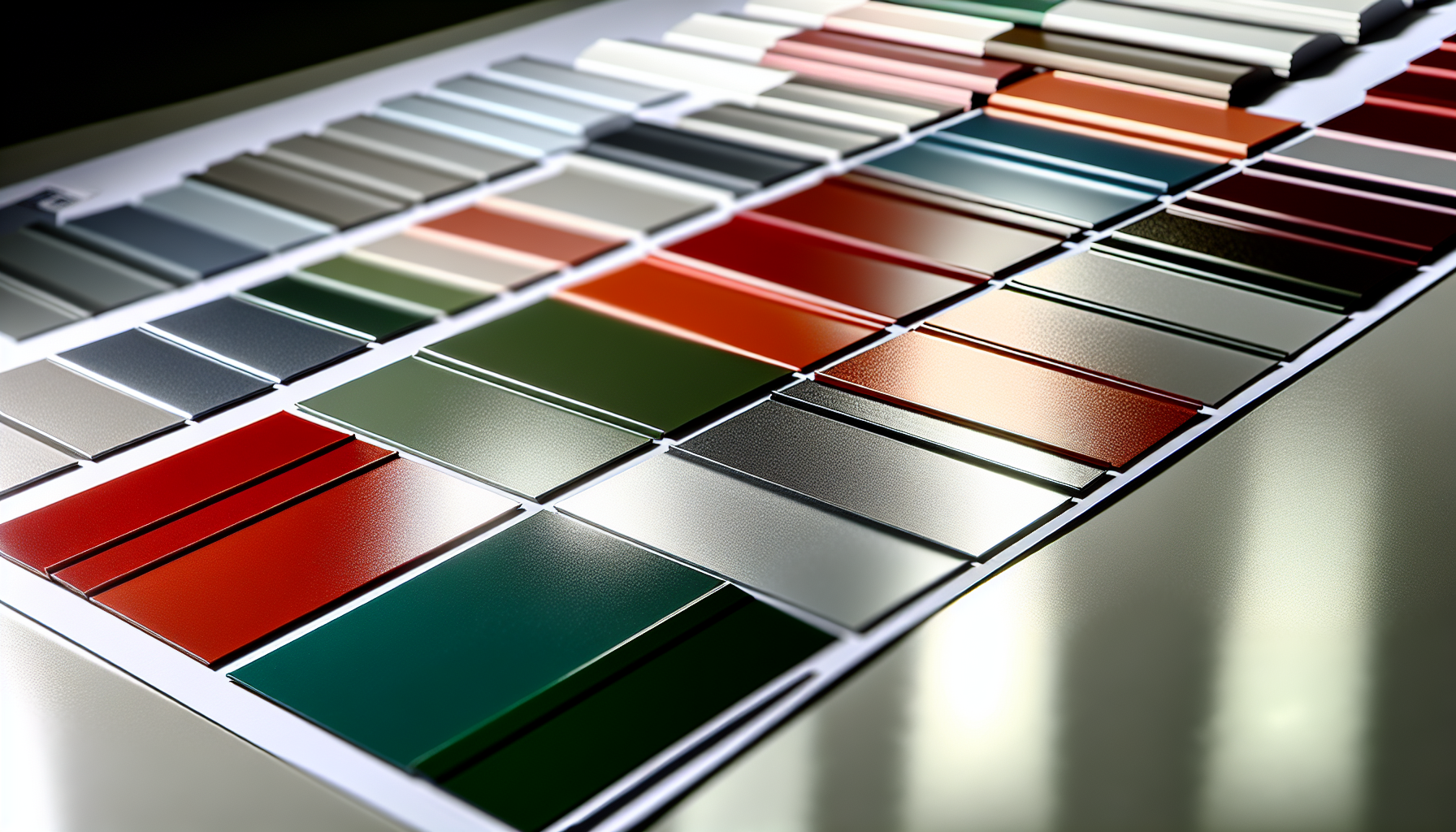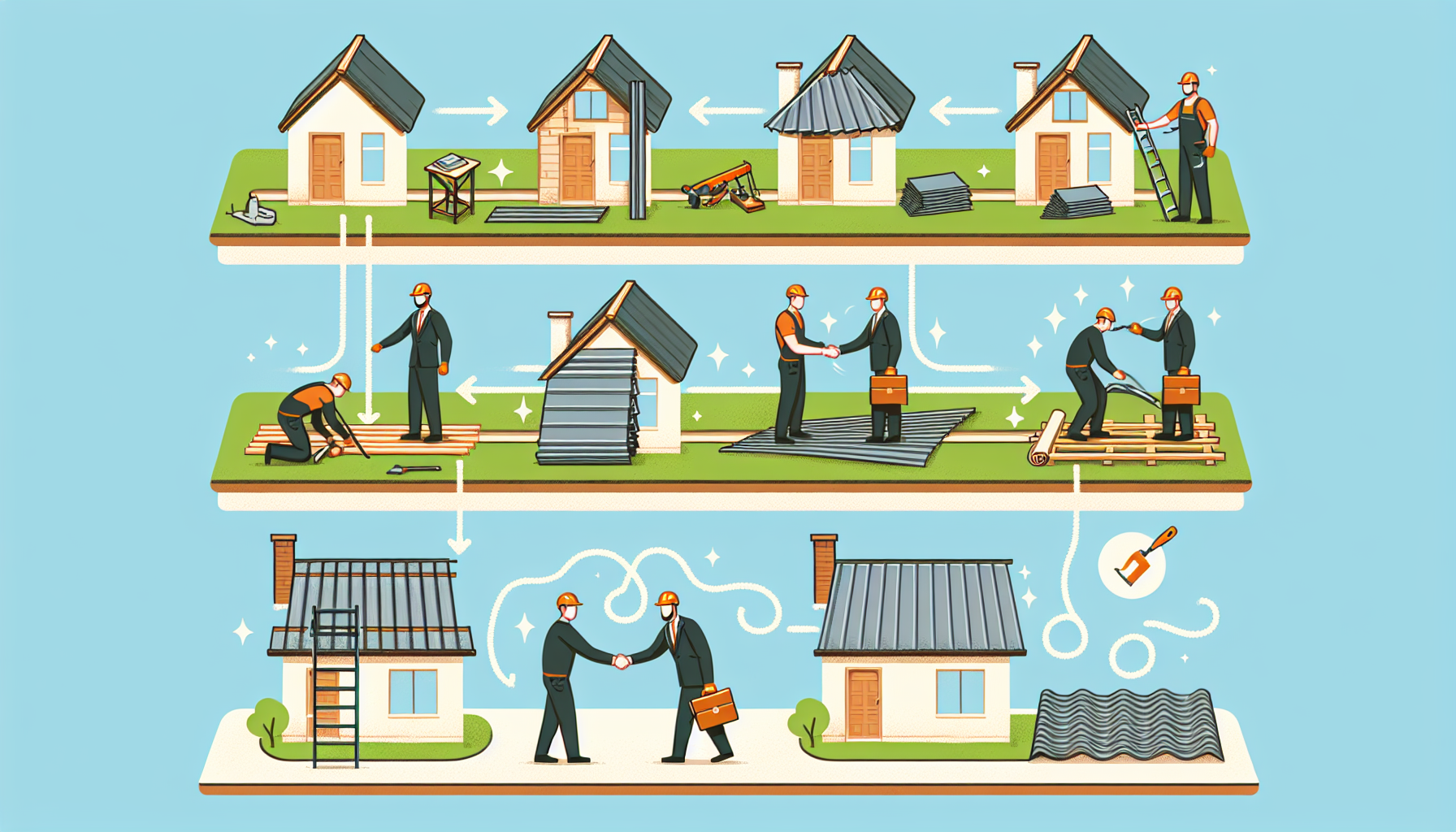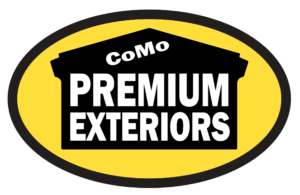Are you considering installing a metal roof? Discover how metal roofing systems offer a durable, cost-effective, and stylish solution. We’ll guide you through the selection of materials such as steel or aluminum, the benefits of different panel types, and the design options available. Learn what makes a metal roof a smart investment for both protection and curb appeal.
Key Takeaways
- Metal roofing systems are known for their durability, aesthetic appeal, and come in various materials such as steel and aluminum; they can last up to 80 years and offer superior weather resistance.
- Metal roofs are energy efficient, reflecting heat to reduce energy costs by up to 40%, low in maintenance, and offer diverse design options including a wide range of colors and textures.
- While the initial cost of installation is high, metal roofs are a cost-effective long-term option; climate, budget and design preferences are essential considerations when choosing the right metal roof.
Understanding Metal Roofing Systems

Different types of metal roofing panels
Metal roofing systems have been gaining popularity over the years, thanks to their durability and aesthetic appeal. The main distinction between these systems lies in the type of material used, with steel and aluminum being the most commonly employed. Both materials have their own advantages and are adaptable to a variety of panel types.
The two most common types of metal roofing panels are the standing seam and snap-lock panels. The standing seam panels are characterized by interlocking seams that connect panels, giving the roof a distinct and visually appealing appearance. On the other hand, snap-lock panels are known for their durability, weather-tightness, and often lower installation costs. But how do you decide which material and panel type is right for you? We’ll explore these options further.
Materials: Steel vs. Aluminum
When it comes to metal roofing, steel and aluminum stand as two of the most utilized materials. Steel, recognized for its durability, is often used for standing seam roof panels. It exhibits superior strength, making it more appropriate for settings that require heightened durability. However, steel is not the only attractive option.
Aluminum, on the other hand, is a softer metal that’s more flexible and malleable. It is lightweight and provides higher reflectivity, making it an excellent choice for coastal areas characterized by salty air conditions. However, it’s important to note that aluminum roofing can be 20 percent more expensive than steel roofing. Understanding these differences will help you make an informed decision based on your specific needs and circumstances.
Panel Types: Standing Seam vs. Snap-lock
Having covered the materials, we’ll now examine the panel types – standing seam, snap-lock, and mechanically seamed panels, including the standing seam roof panel.
Standing seam metal roofing systems, like the standing seam metal roof, offer a multitude of advantages such as:
- longevity
- weather resistance
- the capacity to maintain structural integrity even when subjected to water flow
- minimal maintenance, offering homeowners peace of mind.
Snap-lock standing seam metal roofs are known for their:
- Durability
- Weather-tightness
- Aesthetic appeal
- Lower installation costs
Snap lock panel profiles feature a simpler design where the male leg snaps over the female leg without the need for specialized seam tools. Understanding the unique features and benefits of each panel type, including the double lock option and vertical legs, will greatly assist in your decision-making process.
Benefits of Metal Roofs

Benefits of metal roofs
Equipped with a basic understanding of metal roofing systems, we can now investigate the multitude of benefits these roofs offer. Metal roofs are renowned for their longevity, exceptional performance in extreme weather conditions, and energy efficiency.
In addition to these remarkable features, metal roofs require low maintenance, thanks to their design with sealants that effectively prevent the infiltration of water, dirt, and other substances into small spaces. Imagine the convenience of inspecting your roof only once or twice a year! We’ll now delve further into these benefits.
Longevity and Durability
One of the most compelling reasons homeowners choose metal roofs is their impressive lifespan. A typical metal roof can last anywhere from 30 to 80 years, significantly outlasting conventional asphalt roofing systems.
The durability of these roofs is equally noteworthy. Metal roofs provide exceptional weather resistance, capable of enduring strong winds, thanks to their interlocking seams that guarantee a tight seal and secure attachment to the roof deck. Moreover, the durability of a metal roof can be further enhanced through the application of certain materials and coatings, such as solid decking.
Energy Efficiency
Another significant advantage of metal roofs is their energy efficiency. These roofs can reflect heat away from buildings, thereby reducing energy consumption and leading to substantial energy cost savings.
In fact, homeowners can anticipate substantial energy cost savings from metal roofs, with the potential to reduce energy costs by up to 40%. The ability of these roofs to reflect the sun’s heat away from the building can lead to energy savings of about 50%, and they also provide excellent insulation that lowers cooling costs.
Low Maintenance
The low maintenance nature of metal roofs, especially lower sloped roofs, adds to their appeal for many homeowners. These roofs are designed with fewer nooks and crannies, making it more difficult for elements such as moss and mold to accumulate.
An annual or biannual inspection is all that’s needed to ensure your metal roof remains in good condition. Moreover, maintenance can be performed without causing damage, provided certain precautions are taken into account. With these benefits at hand, it’s no wonder metal roofs are gaining popularity.
Metal Roof Design Options

Variety of color choices for metal roofs
Not only are metal roofs functional, but they also offer appealing design options. Some of the benefits of metal roofs include:
- Wide spectrum of color options that complement various architectural styles
- Enhanced visual appeal
- Durability and long lifespan
- Energy efficiency
- Fire resistance
- Environmentally friendly
These features make metal roofs a popular choice for homeowners and architects alike.
In addition to color, textures also contribute an additional dimension to metal roof designs. Textures not only offer visual depth but also potential for enhanced durability and aesthetics. We will now explore these design options in more detail.
Color Choices
Metal roofing offers a wide range of colors to choose from, allowing homeowners to express their unique style. Whether you’re looking for a natural, earthy aesthetic or a vibrant, eye-catching statement, there’s a color option for you.
It’s important to consider how well the color complements the house and neighborhood, as well as the roof’s aesthetics. Depending on your local area, certain colors may be restricted, so it’s advisable to consult local authorities or homeowners associations before finalizing your choice.
Textures and Finishes
Beyond color, texture and finish add another level of customization to metal roofing. A variety of textured finishes are offered for metal roofs, such as crinkle, frost, and textured steel, available in a diverse selection of colors.
The functionality of metal roofs is also influenced by different textures. Textured metal roofing can reduce glare by scattering sunlight and conceal minor surface damage such as scratches and dents, thus preserving an aesthetically pleasing appearance over time.
From polyvinylidene fluoride (PVDF) to rust-resisting steel mineral surface clear topcoat, there’s a finish to suit every style and need.
Cost Considerations for Metal Roofing

Cost considerations for metal roofing
Having explored the benefits and design options of metal roofs, it’s time to address the financial aspect. The cost of installing a metal roof is influenced by various factors including the size of the roof, the type of metal used, and compliance with local building codes.
While the initial installation cost may appear high, it’s crucial to consider the long-term savings. Metal roofs’ durability, low maintenance needs, and energy efficiency mean that over time, they can prove to be a cost-effective choice. Let’s break down these costs further.
Material Costs
When it comes to the cost of metal roofing materials, steel and aluminum stand as two of the most commonly used options. The cost for these materials can range significantly, with steel being a more cost-effective choice.
However, the quality and thickness of the metal, as well as the shape or style of the metal panels, can influence the cost of the material. Additionally, modifying the color or finish of metal roofing can result in a 10% to 15% increase in cost.
Installation Costs
In addition to the cost of materials, the installation of a metal roof entails labor costs that can vary significantly. These costs are influenced by various factors including the size of the roof, the type of metal used, and the complexity of the roof shape.
However, it’s important to note that opting for a more cost-effective option might not always be the best choice. For instance, a Snap Lock standing seam system usually incurs a cost ranging from $10 to $16 per square foot, but it’s worth considering the long-term benefits such as durability and low maintenance.
Choosing the Right Metal Roof for Your Home
With a good understanding of the basics of metal roofing systems, their benefits, design options, and cost considerations, it’s time to choose the right metal roof for your home. This decision should take into account various factors such as your local climate, budget, and personal design preferences.
This section will guide you through this process, facilitating an informed decision that takes all these factors into account. Whether you’re living in a hot climate or a region with substantial snowfall, or whether you’re working with a tight budget or looking for a specific style, we’ve got you covered.
Climate Considerations
When choosing a metal roof, considering your local climate is crucial. Specific materials and characteristics can have a significant impact on the roof’s performance and durability in different weather conditions.
For instance, in hot climates, metal roofing is highly recommended due to its reflective characteristics. On the other hand, in regions with heavy snowfall, metal roofs are highly suitable due to their ability to bear the weight of the snow and facilitate easier sliding off compared to other roofing materials. However, it’s important to note that elevated humidity levels can result in the corrosion of metal roofing materials if they are not appropriately treated or if they do not have sufficient protective coatings.
Budget and Design Preferences
Balancing your budget and design preferences when selecting a metal roof can be a challenging task. Some cost-efficient choices for metal roofing include:
- Galvanized steel
- Aluminum
- Copper
- Zinc
Choosing the right metal for your roof can potentially reduce insurance expenses for the property.
However, preserving aesthetic appeal when selecting a metal roof within a budget can be achieved by considering the existing siding, shutters, and trim colors of the home and choosing a metal roof color that complements these features. It’s also worth noting that opting for a cost-effective metal roof option could lead to certain design constraints, including a reduced variety of styles and color options.
Metal Roof Installation Tips

Metal roof installation tips
You’re almost ready to start your metal roofing journey! But before you take that step, we have some invaluable tips for metal roof installation to share. From preparing your roof to hiring a professional contractor, this section will provide you with the knowledge you need to ensure a successful installation.
Whether you’re a DIY enthusiast or planning to hire a professional, these tips will come in handy. Let’s get started.
Preparing Your Roof
Proper preparation is key to a successful metal roof installation. This involves identifying and addressing hazards, wearing appropriate Personal Protective Equipment (PPE), and ensuring the safety of workers.
It’s also important to note that it’s frequently advised to tear off old shingles before installing a metal roof. Once the old roofing material is removed, address any areas of damage on the roof, apply ice and water shield, and install eave and gable trim, as well as ridges. Although this process generally takes 1-3 days, it’s a crucial step that will ensure the longevity and durability of your new metal roof.
Hiring a Professional Contractor
While it’s possible to install a metal roof yourself, hiring a professional contractor like CoMo Premium Exteriors can offer additional benefits. These professionals possess specialized knowledge and skills in metal roofing, which ensures accurate installation, helps in avoiding expensive errors, and saves time.
When choosing a professional metal roof installer, it’s important to evaluate the following criteria:
- Track record of customer satisfaction
- Communication abilities
- Years of experience
- Specialized knowledge
- Licensing
- Insurance coverage
- Bonding
A reputable contractor should be forthcoming about their professional background and capable of presenting a detailed and thorough cost estimate.
Understanding Warranties
Finally, understanding warranties is a critical step in choosing a metal roofing system. You should consider a metal roof warranty that provides a lifetime warranty or a duration close to it, such as 25 years. This assurance of quality and durability can provide you with peace of mind, knowing that your investment is protected.
Summary
In conclusion, metal roofing systems offer an array of benefits from durability and energy efficiency to design flexibility, making them an excellent choice for modern homeowners. While the initial investment might be higher compared to traditional roofing options, the long-term savings and peace of mind that come with a metal roof make it worth every penny. Whether you’re considering a metal roof for its longevity, aesthetic appeal, or low maintenance requirements, it’s clear that this innovative roofing solution offers a unique blend of advantages that traditional roofing materials simply can’t match.
Frequently Asked Questions
What is the biggest problem with metal roofs?
The biggest problem with metal roofs is that they can be noisier compared to other roofing materials, especially during heavy rain, hail, or when branches fall on the roof. The sound can be amplified due to the hardness and rigidity of metal roofs.
How long do metal roofs really last?
Metal roofs can last between 40-70 years on average, with some materials such as copper lasting even longer, sometimes over 100 years. Various factors can affect the longevity of a metal roof.
What are the 2 types of metal roofs?
The two types of metal roofs are corrugated metal roofing, which uses an exposed fastener panel, and standing seam roofing, which uses a concealed fastener panel. Consider these options when choosing a metal roof for your building.
Is a standing seam metal roof worth the cost?
Yes, a standing seam metal roof is worth the cost due to its longer lifespan, typically lasting three to four times longer than traditional asphalt roofs. This longevity ultimately provides a good return on investment.
What materials are commonly used in metal roofing?
The most commonly used materials in metal roofing are steel and aluminum. These materials offer durability and are widely available.

